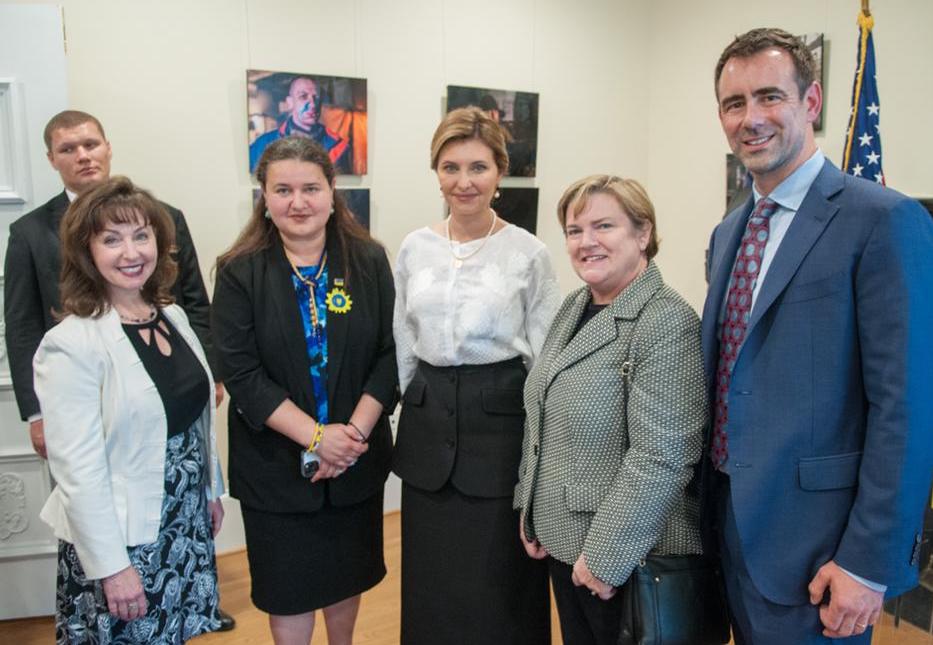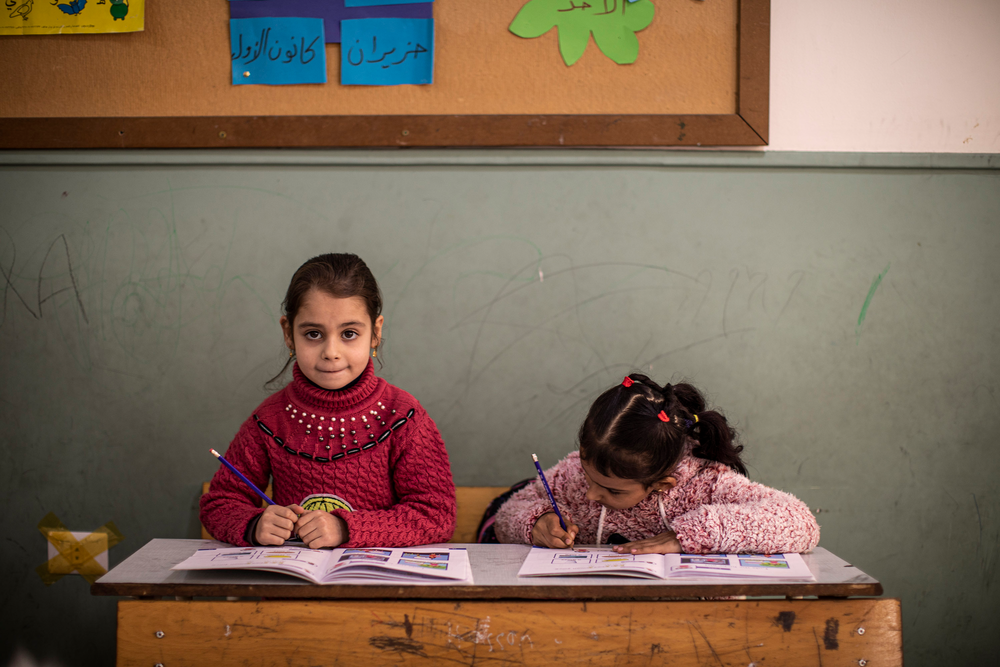
DRC schools need protection from armed groups says Human Rights Watch
Child soldiers, Children in conflicts, Safe schools
The Democratic Republic of Congo’s government needs to increase protection for schools and students in conflict zones, says a new report by Human Rights Watch.
Armed groups have attacked schools, recruited children and taken over schools for military purposes. Many parents and children said fear of rape and abduction kept them away from school.
The 58-page report – Our School Became the Battlefield – is based on scores of interviews with students, teachers and education and United Nations officials in the conflict-ravaged eastern part of the country.
Co-author Bede Sheppard, deputy children’s rights director at Human Rights Watch, said: “Children’s access to education is more often a fight than a right in many parts of Congo. Keeping students safely in school should be at the heart of efforts to build durable peace in Congo.”
The report documents how:
- For many children, armed men in their school is a familiar sight
- Schools have come under attack from warring factions
- Armed groups have unlawfully recruited children, sometimes by force, at school or on their way to school
- Girls have been abducted from schools to be raped or kept as sex slaves
- Troops have occupied schools, beaten teachers and students and caused serious damage to buildings and school supplies
School should be for kids not soldiers. @hrw asks #Congo to join #SafeSchoolsDeclaration https://t.co/7G0y4qqsZ7 pic.twitter.com/ySqXKmDp7S
— Bede Sheppard (@BedeOnKidRights) October 28, 2015
The report says several groups and the Congolese Armed Forces “committed serious abuses against civilians” in eastern DRC between 2012 and 2014.
It contains harrowing accounts by children of their experiences at the hands of fighters.
One happened In 2013, when Mai Mai Sheka troops attacked the primary school in Butemure village, western Masisi territory, and abducted about 20 students.
Anyone who tried to escape was beaten with sticks and bayonets – at least six were seriously injured.
A six-year-old girl told Human Rights Watch: “I saw people coming with weapons and we started to flee. In the schoolyard, one of the fighters hit me with his gun and I fell.
“When I came to and got up to leave, no one was left in the schoolyard. They had hit me in the back of my head and there was blood everywhere.”
Displaced children sit outside a primary school used as a shelter in Kibati, on the outskirts of Goma, in 2012
Amani, a 10-year-old, told how soldiers arrived at his primary school in the Minova area of South Kivu.
He said: “They destroyed the school desks. I had to help cut up the desks for firewood. They told us we had to work for them. They brought us into the school and beat us.”
Human Rights Watch has called on the DRC government to add its name to the international Safe Schools Declaration, which has been signed by 49 countries so far.
It should also review its military policies, practices and training to ensure that they – at a minimum – conform to protections in the Guidelines for Protecting Schools and Universities from Military Use during Armed Conflict. These give guidance on how parties in armed conflicts should avoid impinging on students’ safety and education.
Human Rights Watch called on the DRC government to investigate and hold to account army officers and armed group commanders responsible for recruiting and abducting children and for other violations of international human rights and humanitarian law, including unlawful attacks on schools, students and teachers.
More news

